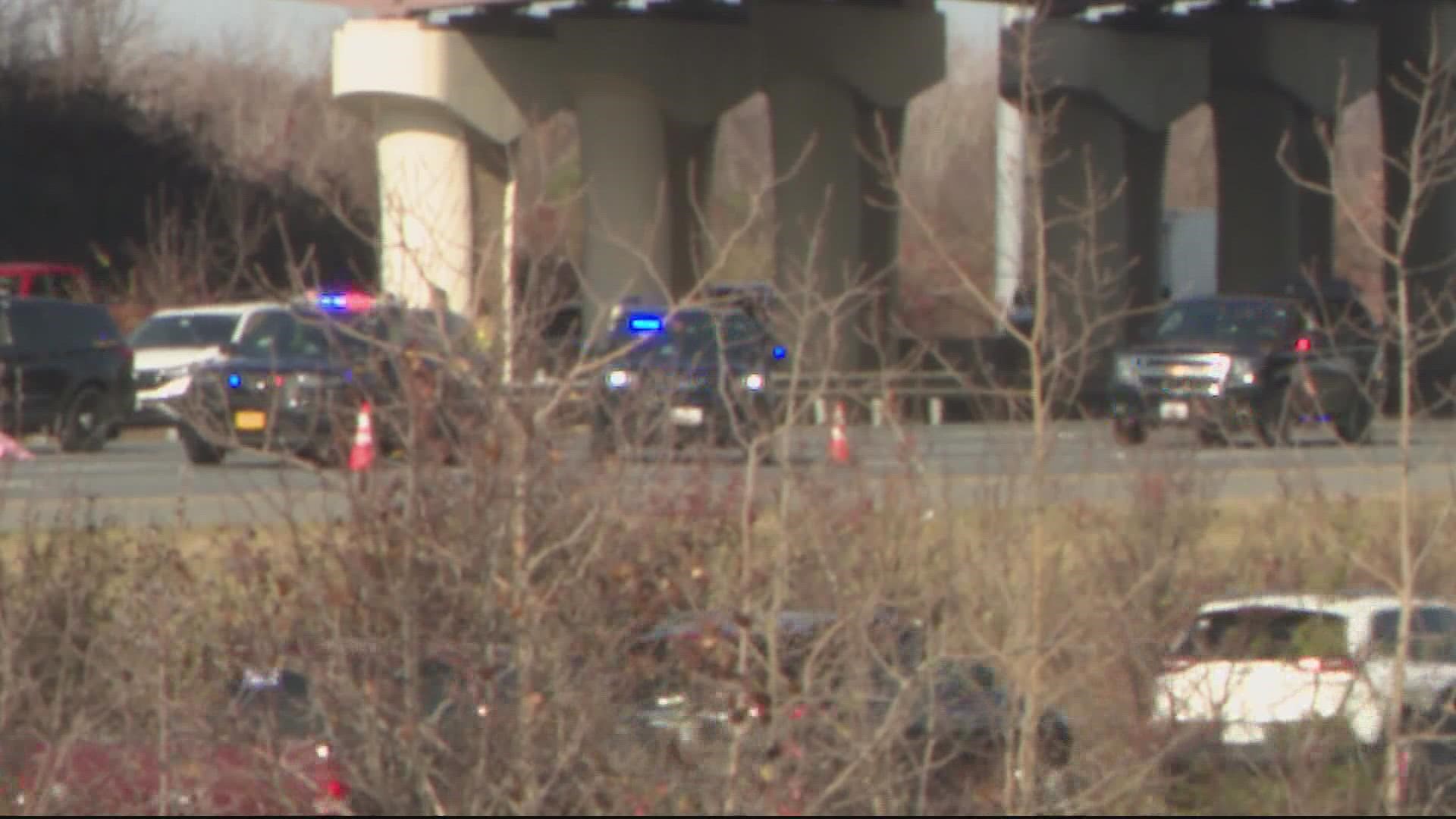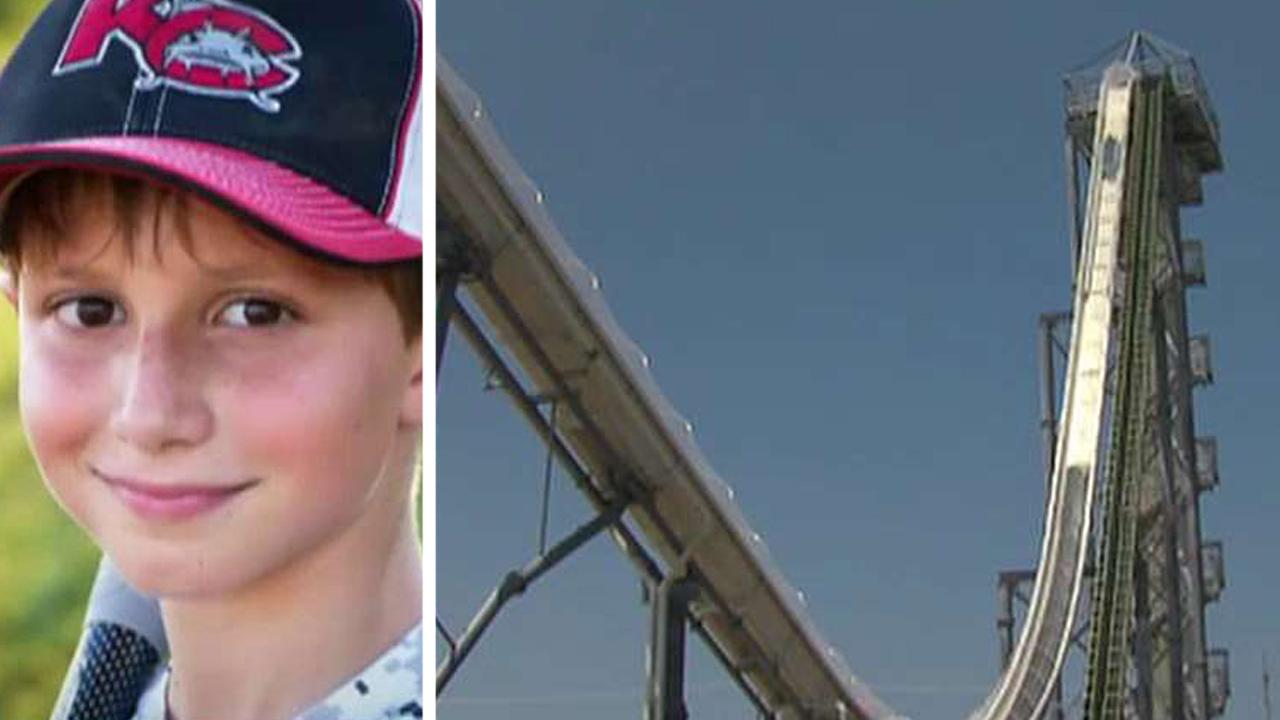Boy hit by drone – it’s a chilling scenario, but unfortunately, a growing possibility in our increasingly drone-filled skies. This isn’t just a hypothetical; it highlights the urgent need to understand the dangers of irresponsible drone operation and the potential consequences for innocent bystanders, especially children. We’ll explore the various ways this could happen, the legal ramifications, and steps we can take to prevent such accidents.
This article delves into the specifics of drone accidents involving children, covering everything from the mechanics of impact and resulting injuries to the legal and ethical considerations for drone operators and manufacturers. We’ll also discuss preventative measures, including public awareness campaigns and technological improvements, and explore the long-term physical and psychological effects on victims.
A Boy Hit by a Drone: Understanding the Risks and Implications
The increasing popularity of drones presents unforeseen challenges, particularly concerning safety. Incidents involving drones and unsuspecting individuals, especially children, highlight the need for a comprehensive understanding of the risks, legal implications, and preventative measures. This article explores a scenario where a boy is struck by a drone, examining the various aspects involved.
The Incident: Describing the Event

Several scenarios could lead to a boy being hit by a drone. Understanding these possibilities is crucial for prevention.
- Scenario 1: Malfunctioning Drone: A drone experiencing a mechanical failure, such as a loss of control or a sudden drop from the sky, could unintentionally strike a child.
- Scenario 2: Operator Error: An inexperienced or careless drone operator might lose sight of their drone, causing it to collide with a person. This could be exacerbated by poor visibility or strong winds.
- Scenario 3: Intentional Act: Although less likely, a drone could be deliberately used to harm someone. This scenario requires different legal and ethical considerations.
The severity of injuries sustained from a drone strike varies greatly depending on the drone’s size, weight, speed, and the point of impact. Below is a table illustrating the potential injuries:
| Injury Severity | Type of Injury | Possible Symptoms | Treatment |
|---|---|---|---|
| Minor | Bruises, minor cuts | Pain, swelling, minor bleeding | First aid, ice pack |
| Moderate | Lacerations, fractures, concussion | Significant pain, bleeding, loss of consciousness | Stitches, casting, medical imaging |
| Severe | Internal injuries, skull fracture, traumatic brain injury | Severe pain, heavy bleeding, prolonged unconsciousness | Surgery, intensive care |
| Fatal | Severe head trauma, massive internal bleeding | Immediate death or death shortly after | Emergency medical intervention (often unsuccessful) |
The type of drone involved significantly impacts the potential for injury. Larger, heavier drones, like those used for aerial photography or delivery, possess considerably more kinetic energy upon impact than smaller, recreational drones.
- Large Drones (e.g., commercial delivery drones): These can weigh several kilograms and have substantial impact force, leading to severe injuries.
- Medium Drones (e.g., photography drones): These weigh several hundred grams and can cause moderate injuries.
- Small Drones (e.g., toy drones): These are lightweight and typically cause minor injuries, although impacts to sensitive areas can still be dangerous.
Legal and Ethical Implications

The legal responsibilities of drone operators in accidents are complex and vary by jurisdiction. Generally, operators are expected to adhere to regulations concerning safe operation, including maintaining visual line of sight and respecting airspace restrictions. Many countries have specific laws regarding drone operation near populated areas and children.
A boy being hit by a drone is a scary thought, highlighting the potential dangers of these increasingly common devices. This incident makes you think about larger-scale drone accidents, like the one in Paris, which you can read more about here: drone crash paris. Understanding these larger incidents helps us put the risk of a drone hitting a boy into a broader context of safety and regulation.
- Example: In many places, flying drones over crowds or without proper authorization is illegal and could result in fines or criminal charges if an accident occurs.
Ethical considerations emphasize responsible drone use, prioritizing the safety of others, especially vulnerable populations like children. Drone operators should always be mindful of their surroundings and take extra precautions to avoid accidents.
- Example: Choosing not to fly a drone in a park where children are playing, even if legally permitted, demonstrates ethical responsibility.
Legal ramifications for a drone operator heavily depend on the circumstances. Accidental incidents due to unforeseen mechanical failure may have different legal consequences compared to incidents caused by negligence or recklessness.
Safety and Prevention Measures
A public awareness campaign is vital to educate people about safe drone operation around children. The campaign should emphasize responsible behavior and preventative measures.
- Always maintain visual line of sight of your drone.
- Avoid flying drones near crowds or children.
- Choose open spaces for drone operation.
- Regularly check your drone for any mechanical issues.
- Understand and obey all local drone regulations.
Drone manufacturers can enhance safety features to prevent accidents. Improved design and technology are essential.
- Enhanced obstacle avoidance systems: More sophisticated systems could detect and avoid obstacles, including people.
- Automatic emergency landing mechanisms: These could prevent drones from falling from the sky unexpectedly.
- Improved battery safety: Preventing battery failures could reduce the likelihood of uncontrolled drone descents.
Advanced drone technology, such as improved obstacle avoidance systems, significantly reduces the risk to bystanders. These systems use sensors and algorithms to detect objects in the drone’s flight path, allowing it to maneuver around them automatically.
Medical and Psychological Impact, Boy hit by drone

Immediate medical treatment for a boy injured by a drone depends on the severity of the injury. Swift action is crucial.
- Assess the extent of the injuries.
- Control any bleeding.
- Immobilize any fractures.
- Seek immediate medical attention.
Long-term effects can include physical limitations due to fractures or injuries and psychological trauma such as anxiety, fear, or PTSD. The severity depends on the type and extent of the injuries.
Psychological support and therapy play a vital role in recovery. Professional guidance can help the boy cope with the emotional and psychological impact of the incident.
Illustrative Examples

Imagine a sunny afternoon in a local park. A boy is playing frisbee, when suddenly, a drone descends unexpectedly, striking him on the head. The boy cries out in pain, the frisbee tumbles to the ground, and the drone lies broken beside him. Adults rush to assist, the scene filled with confusion and alarm.
A hypothetical news report might read: “Local boy injured in drone accident. Witnesses describe a sudden descent of a drone, striking a young boy playing in the park. Experts warn about the increasing need for stricter drone regulations and safety measures. The boy is recovering in hospital, while investigations into the cause of the accident are underway. Police are interviewing the drone operator.”
Final Summary
The increasing prevalence of drones necessitates a proactive approach to safety. From responsible operation guidelines and improved drone technology to comprehensive public awareness campaigns, a multi-faceted strategy is crucial to minimizing the risk of accidents like a boy being hit by a drone. By understanding the potential dangers and implementing preventative measures, we can work towards safer skies for everyone.
Detailed FAQs: Boy Hit By Drone
What types of injuries are most common in drone accidents?
So, a boy got hit by a drone, right? That’s scary stuff. It makes you think about the safety of these things, especially after seeing what happened at a big drone show – check out this article about the orlando drone show malfunction – where things went seriously wrong. Accidents like these highlight the need for better drone safety regulations to protect people from similar incidents involving drones.
Injuries range from minor bruises and cuts to serious head trauma, broken bones, and internal injuries, depending on the drone’s size, weight, and the impact point.
Are there specific laws regarding drone operation near children?
A boy getting hit by a drone is a serious concern, highlighting the potential dangers of these increasingly common devices. This incident makes you think about larger-scale accidents, like the one described in this article about the orlando drone show accident , which underscores the importance of safety regulations and responsible drone operation. Ultimately, both incidents emphasize the need for better safety protocols to protect people from drone-related injuries.
Laws vary by location, but generally, drone operators are responsible for safe operation and avoiding harm to others. Operating a drone recklessly near children could lead to legal repercussions, including fines or lawsuits.
What should I do if I witness a drone accident?
Immediately call emergency services. Secure the scene if possible, but prioritize the safety of the injured person. If you can safely do so, take note of the drone’s appearance and any identifying information, and the operator’s details if possible.
How can drone manufacturers improve safety?
Improved obstacle avoidance systems, geofencing capabilities to restrict flight in sensitive areas, and enhanced emergency shutdown mechanisms are key improvements that could significantly reduce the risk of accidents.